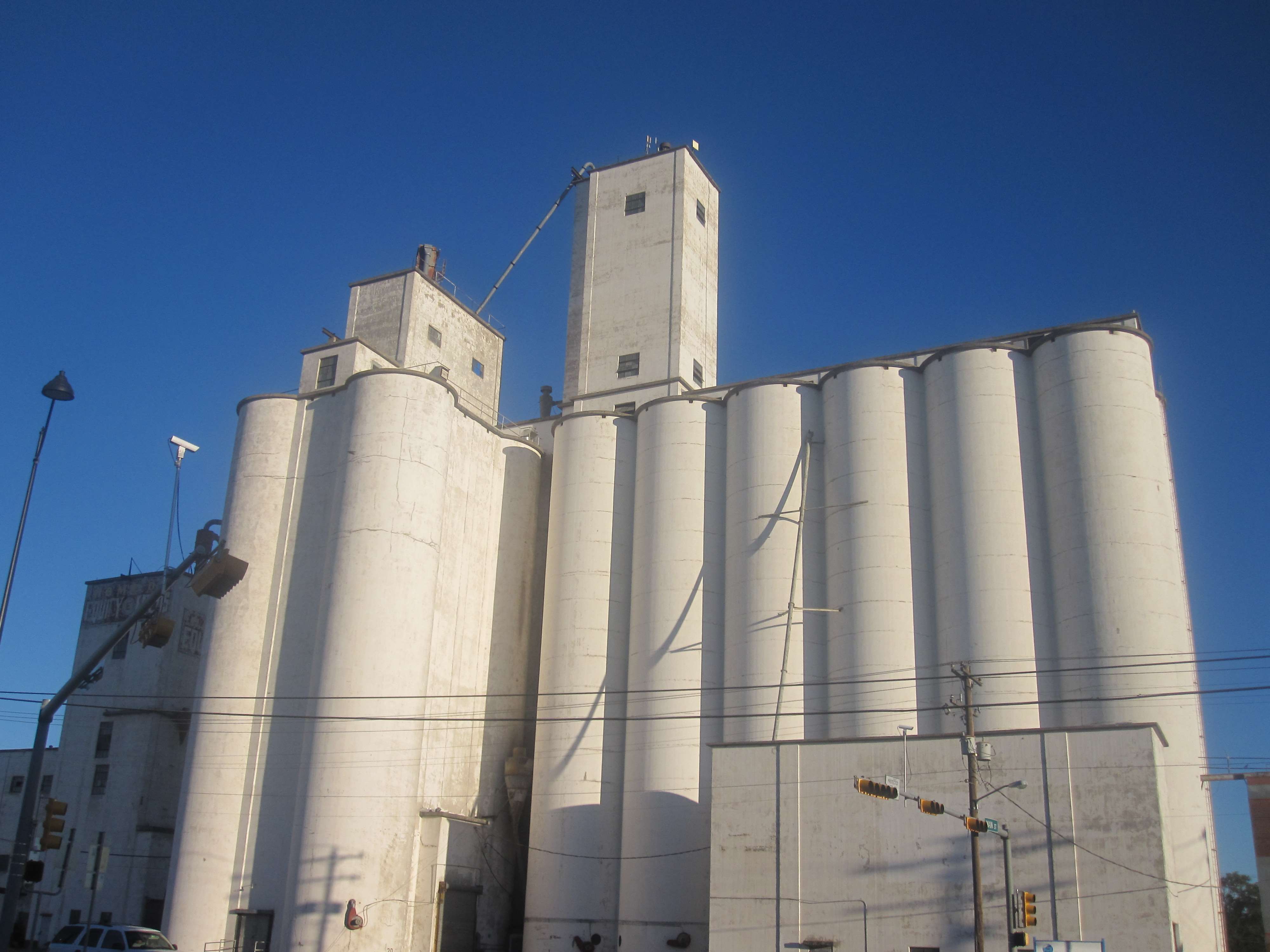
Friday marked one of the most highly anticipated days of the year for commodity markets, with the United States Department of Agriculture’s scheduled release of the 2017 Prospective Planting and Grain Stocks reports. Radio Oklahoma Ag Network Associate Farm Director Carson Horn reached out to Dr. Kim Anderson, extension grain market economist at Oklahoma State University, for his reaction to the numbers in today’s reports. You can listen to Anderson’s breakdown of USDA’s report with Horn, by clicking or tapping the LISTEN BAR below at the bottom of this story.
“Trade had a good handle on these reports, maybe a little more negative information than expected,” Anderson said,” but a neutral report overall.”
According to Anderson, corn was the major focus of these reports with corn acres coming in with a positive outlook of just under 90 million acres, compared to expectations of near 91 million. Stocks were estimated at a little over 8.5 million bushels but in fact came in at just over 8.6 million. With some conflicting information coming out of the USDA today about corn, Anderson is calling corn a wash for now, suggesting it will simply take time to see how the markets weigh out the positive from the negative.
For wheat, Anderson reports that the numbers were fairly comparable to estimates made of 46.2 million acres, with an actual 46.06 million reported. Stocks were slightly above expectations at 32 million bu. Anderson says price wise, the report was “equal to positive” for wheat.
However, there is room for movement in soybeans Anderson notes. Soybeans came in well above expectation at 89.5 million, above the expected total of 88.2 million acres. Stocks were expected to be at 1.7 billion bu., but came in above that.
“I think soybean prices will go down,” Anderson predicted, and added another warning as well. “I think our cotton producers need to look at planted acres for cotton. The planted acres for cotton was 12. 2 million acres, up 21 percent from last year, and I think that’s going to be negative for cotton prices.”
While overall, Anderson says this report has only minimal if not neutral tones, he says it could change the way the commodity markets are looking at soybeans and corn.
Click here to see more...